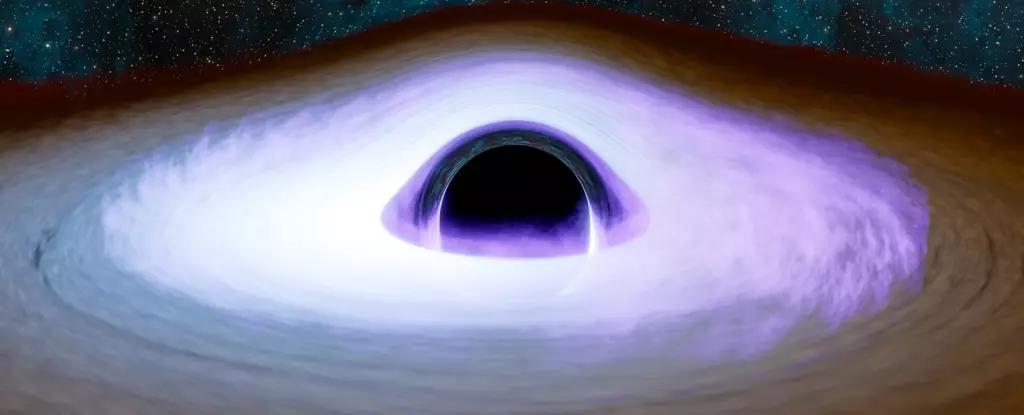Black holes have long fascinated astronomers and physicists alike, serving as a nexus where the laws of physics stretch and often appear to break down. While the existence of black holes has been well established through theoretical physics and observational evidence, one of their most elusive features remains the corona. This enigmatic region, akin to the Sun’s corona, holds essential clues to the inner workings of these massive cosmic entities and their surrounding environments. Recent studies have significantly advanced our understanding of black hole coronas, challenging existing models and offering fresh insights into their behavior and characteristics.
The concept of a corona surrounding a black hole aligns with our understanding of similar structures in the sun. However, black hole coronas dramatically differ in composition and temperature. Theoretical models suggest a highly energetic corona encasing the black hole, composed of ionized gas and heated particles. Unlike the Sun’s corona, which reaches temperatures of millions of degrees, black hole coronas can soar to billions of degrees, incurring challenges for direct observation. The darkness of space and the overwhelming brightness of surrounding material complicate our efforts to study this phenomenon, pushing researchers to seek indirect methods of observation.
Recently, significant progress has been made in observing black hole coronas, thanks to NASA’s Imaging X-ray Polarimetry Explorer (IPXE). This innovative tool allows scientists to capture high-energy X-ray emissions, potentially emanating from the black hole’s corona. The latest studies examined a dozen obscured black holes, including prominent examples like Cygnus X-1 and various entities in the Large Magellanic Cloud. By investigating the scattering of X-rays—resulting from interactions between the X-ray emissions of the corona and the surrounding torus of gas and dust—researchers have uncovered a wealth of information that reshapes our understanding of how black holes interact with their surroundings.
One of the most critical factors in studying black holes has been the orientation of these cosmic giants in relation to our line of sight. This orientation plays a vital role in determining what we can observe. In some cases, the black hole’s accretion disk is obscured by the donut-shaped torus of gas and dust, similar to how the Sun’s corona becomes visible during a solar eclipse. This eclipse-like phenomenon for black holes means that we may be unable to directly observe the accretion disk and the unique behaviors occurring within. However, by studying obscured black holes, researchers have been able to glean insights about the nature of their coronas through the reflected X-rays that can penetrate the obscuring material.
The data collected through IPXE has not only led to the observation of reflected X-rays but has also revealed a significant pattern: the corona appears to be disk-shaped, mirroring the structure of the accretion disk that envelops the black hole. This finding could revolutionize our models of black hole dynamics and enhance our understanding of how these fascinating objects consume matter and drive the luminous phenomena observed across the universe. With each new discovery, astronomers refine their models, illuminating the intricate relationships between black holes, their surrounding material, and the broader universe.
As observational technologies advance, so too will our comprehension of black holes and their coronas. The ongoing research not only promises to uncover new layers of mystery surrounding these powerful entities but also underscores the complexity of the universe. In the quest to understand black holes, we inch closer to unveiling the mechanics of the cosmos—establishing a deep connection between the micro and macro scales of our universe and, ultimately, enhancing our understanding of existence itself. With every observation, we add more intricacies to our cosmic narrative, showcasing the never-ending quest for knowledge that characterizes the field of astrophysics.


Leave a Reply